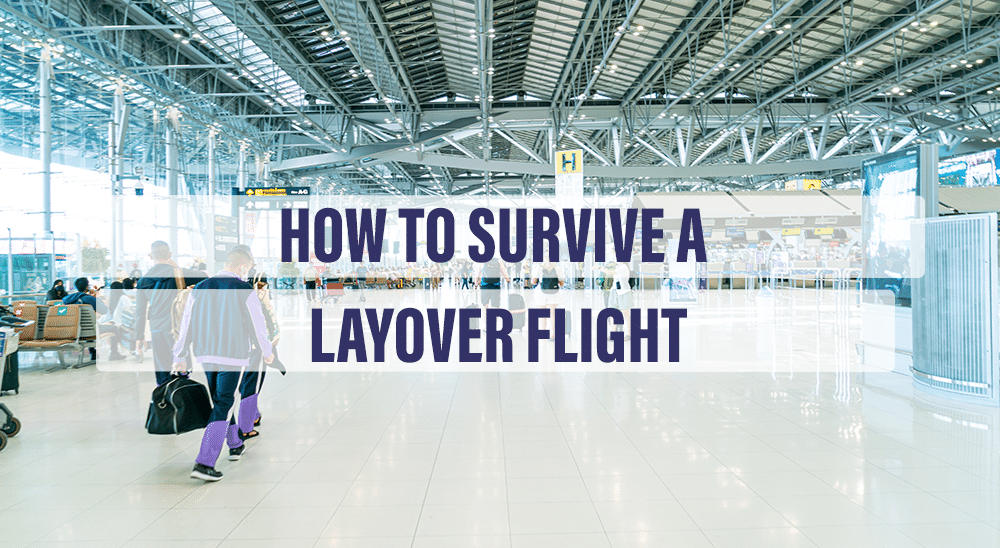Yes, we know that the ideal is to board a plane and arrive directly at your destination, but this is not always possible. Sometimes, direct flights are expensive and it is more economical to have a layover in an airport, or there simply isn’t an option to travel from one destination to another on a single flight. Whatever your situation, we will now address all your most common questions about airport layovers.
What is a Layover?
The first thing to know is what a layover is. Also known as a “layover” or “connection” by airlines, a layover is the intermediate stop that connects two or even three flights, occurring at the destination airport of the first or second flight.
Where to check in your luggage
One of the most frequently asked questions by travelers with layovers is what happens to their checked luggage, and the answer is simple. Unless the airline clearly and concisely informs you at the time of check-in, you will only need to check in your luggage at the departure airport and will retrieve it at the final destination.
However, in the case of a layover flight, we recommend taking a carry-on bag that complies with the dimensions stipulated by the airline or airlines you are traveling with. This bag should contain a change of clothes, hygiene items, and other essentials to handle any unexpected situations, such as the one mentioned below.
What if Your Luggage is Not Available?
If this situation occurs, we recommend contacting a professional team, such as Lexority’s Legal Service, which is responsible for managing the corresponding claim so that you can obtain the highest compensation in case of loss or delayed delivery of your luggage.
Duration of Layovers
The next question travelers have is whether they will have enough time to make the connection between two flights since layovers can last from 30 minutes to 24 hours. Airlines calculate the necessary layover times between flights perfectly and plan them accordingly, so passengers have enough time to reach the corresponding gate or even change terminals or airports if the flight departs from another location.
If your situation includes changing airports, be careful, because if you don’t want to pay for a taxi, you will need to know in advance the available transportation options to move from one airport to another and how long the transfer and access controls will take to avoid missing your next flight. Our recommendation is that, a few days before, you check the airport’s website where this information is available so you can plan ahead.

Tips for Layover Flight
If your layover is in the same airport as your next flight and is short:
Check in Online: This way, you will have your seat confirmed (but not guaranteed).
Choose a Seat Close to the Exit: If possible, choose a seat as close as possible to the exit door. This way, once the plane has landed, you can exit more quickly.
Consult the Flight Crew: They know which passengers have connections and can provide information. Also, check the screens once you have accessed the airport.
Keep Documents Handy: Have your ID or passport and the boarding pass for the next flight readily available.
Layovers are also categorized, besides their duration, into daytime and nighttime layovers. As much as possible, try to have a daytime layover because, if it is not very short or prolonged, you can always enjoy shopping at the airport, have a meal, or, if it is a large airport, enjoy a massage or the outdoor area. Generally, most stores are closed during nighttime layovers, making them less bearable.
Finally, if your layover is considered long, more than 4 hours, you always have the option of taking a quick tour of the city where the airport is located. However, you must take into account the travel times to and from the airport as well as the time needed to pass security checks again. In such cases, it is always better to opt for less crowded airports that will allow you to turn a layover into a mini additional trip.

